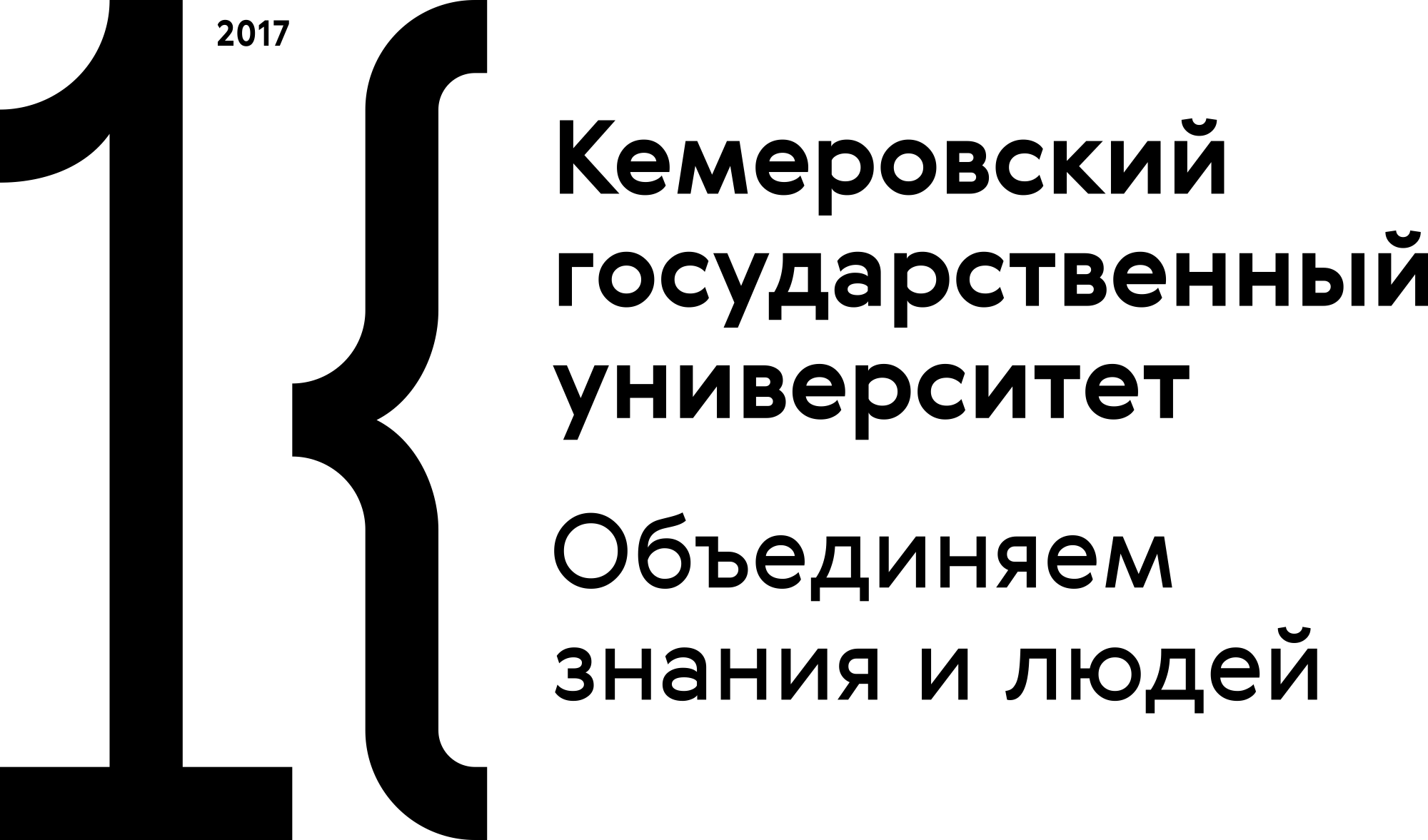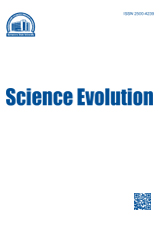Россия
Россия
ГРНТИ 27.01 Общие вопросы математики
ГРНТИ 31.01 Общие вопросы химии
ГРНТИ 34.01 Общие вопросы биологии
Currently, the problem of micro-organisms resistance to traditional antibiotics, which represents a serious threat to human health, is exposed to close attention. Therefore, the development of alternative antimicrobial agents, including on the basis of silver nanoparticles today becomes relevant. Substantiation of effectiveness of the cluster silver (1-10 nm) in comparison with larger silver nanoparticles is resulted. During the study of domestic and foreign experience of using a cluster of silver, basic mechanisms of its antimicrobial action were analyzed that it may have on organisms. The purpose was to comparatively study the antimicrobial activity of a cluster silver with respect to various microorganisms, including establishment of the minimum inhibitory silver concentration for the following strains: Escherichia coli , Bacillus subtilis , Candida albicans , Aspergillus niger . The effect of various concentrations of silver clusters (from 0 to 400 ug / ml) contained in a liquid medium, on survival of cultured cells was studied. Using the method of serial dilutions, the difference in effects on silver clusters on growth and reproduction of the following microorganisms was established: bacteria (with a different structure of cell walls: gram-positive-thick-walled, capable to form endospores and gram-negative - thin- walled) and micromycetes (yeast and hyphal). An in vitro study of antimicrobial activity of the cluster silver colloidal solution taken at various concentrations and at various exposure times was carried out. Minimum inhibitory concentrations of cluster silver colloidal solution for studied bacteria were determined: opportunistic pathogenic bacterium ( Escherichia coli and Bacillus subtilis ) and micromycetes ( Candida albicans and Aspergillus niger ).
Cluster silver, nanosilver, ions, nanoparticles, antimicrobial activity, MIC
1. Durán N., Marcato P.D., De Conti R., Alves O.L., Costa F.T.M., Brocchz M. Potential use of silver nanoparticles on pathogenic bacteria, their toxicity and possible mechanisms of action. J. Braz. Chem. Soc., 2010, vol. 21, no. 6, pp. 949-959.
2. Reidy B., Haase A., Luch A., Dawson K.A., Lynch I. Mechanisms of silver nanoparticle release, transformation and toxicity: a critical review of current knowledge and recommendations for future studies and applications. Materials, 2013, no. 6, pp. 2295- 2350.
3. Nowack B., Krug H.F., Height M. 120 years of nanosilver history: Implications for policy makers. Environ. Sci. Technol., 2010, no. 45, pp. 1177-1183.
4. Tiwari D.K., Behari J. Biocidal nature of combined treatment of Ag nanoparticle and ultrasonic irradiation in Escherichia coli dh5.
5. Advances in Biological Research, 2009, no. 3, pp. 89-95.
6. Pal S., Tak Y.K., Song J.M., Does the antibacterial activity of silver nanoparticles depend on the shape of the nanoparticle? A study of the Gram-negative bacterium Escherichia coli. Appl. Environ. Microbiol., 2007, no. 73, pp. 1712-1720.
7. Morones J.R., Elechiguerra J.L., Camacho A., Holt K., Kouri J.B., Ramırez J.T., Yacaman M.J. The bactericidal effect of silver nanoparticles. Nanotechnology, 2005, no. 16, pp. 2346-2353.
8. Kim J.S., Kuk E., Yu K.N., Kim J.H., Park S.J., Lee H.J., Kim S.H., Park Y.K., Park Y.H., Hwang C.Y., Kim Y.K., Lee Y.S., Jeong D.H., Cho M.H. Antimicrobial effects of silver nanoparticles. Nanomedicine, 2007, vol. 3, no. 1, pp. 95-101.
9. Baker C., Pradhan A., Pakstis L., Pochan D. J., Shah S. I. Synthesis and antibacterial properties of silver nanoparticles. J. Nanosci. Nanotechnol., 2005, no. 5, pp. 244-249.
10. Choi O., Hu Z. Size dependent and reactive oxygen species related nanosilver toxicity to nitrifying bacteria. Environ. Sci. Technol, 2008, no. 42, pp. 4583-4588.
11. Blagitko E.M., Burmistrov V.A., Kolesnikov A.P., Mikhaylov Yu.I., Rodionov P.P. Serebro v meditsine [Silver in medicine]. Novosibirsk: Nauka-Center Publ., 2004. 254 p.
12. Rozalenok T.A., Sidorin Yu.Yu. Ispol’zovanie klasternykh kompozitov dlya pridaniya pishchevoy upakovke antimikrobnykh svoystv [The use of cluster composites to give food packaging antimicrobial properties]. Tekhnika i tekhnologiya pishchevykh proizvodstv [Food Processing: Techniques and Technology], 2016, vol. 39, no. 4, pp. 84-88.
13. Piskaeva A.I., Dyshlyuk L.S., Sidorin Yu.Yu., Zimina M.I. Analiz i podbor kontsentratsiy ionnogo i klasternogo serebra dlya mikroorganizmov-destruktorov Bacillus fastidiosus, Lactobacillus sp. 501, Microbacterium terregens [Analysis and selection of ion and cluster silver concentrations for decomposer microorganisms Bacillus fastidiosus, Lactobacillus sp. 501, Microbacterium terregens]. Khranenie i pererabotka sel’khozsyr’ya [Storage and processing of agricultural products], 2014, no. 9, pp. 53-55.
14. Piskaeva A.I., Sidorin Yu.Yu., Dyshlyuk L.S., Zhumaev Yu.V., Prosekov A.Yu. Research of the influence of silver clusters on decomposer microorganisms and E. coli bacteria. Food and Raw Materials, 2014, no. 1, pp. 62-66, doi:https://doi.org/10.12737/4136/.
15. Prosekov A.Yu., Soldatova L.S., Razumnikova I.S. Obshchaya biologiya i mikrobiologiya [General biology and microbiology]. Kemerovo: Kuzbassvuzizdat, 2011. 380 p.
16. MUK 4.2.1890-04 Opredelenie chuvstvitel’nosti mikroorganizmov k antibakterial’nym preparatam: Metodicheskie ukazaniya [Determination of the sensitivity ofmicroorganisms to antibiotics: procedural guidelines]. Мoscow: Federal’nyy tsentr gossanepidnadzora Minzdrava Rossii [Federal Centre for Sanitary Inspection Ministry of Health of the Russian Federation], 2004. 91 p.
17. Egger S., Lehmann R.P., Height M.J. Antimicrobial properties of a novel silver-silica nanocomposite material. Appl. Environ. Microbiol, 2009, vol. 75, pp. 2973-2976.
18. Karam L., Jama C., Dhulster P. Study of surface interactions between peptides, materials and bacteria for setting up antimicrobial surfaces and active food packaging. J. Mater. Environ. Sci., 2013, vol. 4, no. 5, pp. 798-821.
19. Chmielowiec-Korzeniowska A., Krzosek L., Tymczyna L. Bactericidal, fungicidal and virucidal properties of nanosilver. Mode of action and potential application. A review. Annales Universitatis Mariae Curie-Skłodowska, 2013, vol. 31, no 2, pp. 1-11.
20. Noorbakhsh F., Rezaie S., Shahverdi A. R. Antifungal effects of silver nanoparticle alone and with combination of antifungal drug on dermatophyte pathogen trichophyton rubrum. International Conference on Bioscience, Biochemistry and Bioinformatics, 2011, vol. 5, pp. 364-367.
21. Panacek A., Kolar M., Vecerova R. Antifungal activity of silver nanoparticles against Candida spp. Biometals, 2009, no. 30, pp. 6333-6340.
22. Samberg M.E., Orndorff P.E., Monteiro-Riviere N.A. Antibacterial efficacy of silver nanoparticles of different sizes, surface conditions and synthesis methods. Nanotoxicology, 2011, no 5, pp. 244-253.










